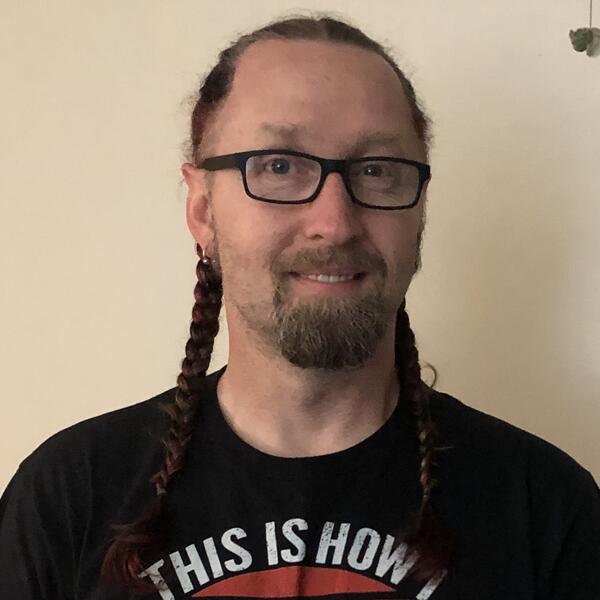Tags
Which nonprofit organizational structures can contribute to mission success?

Change is inevitable. Leadership is a dynamic process of constant change. An organization without structure will fail to even begin working towards its goals. Many nonprofits operate within a traditional structure where the leadership hierarchy is a single leader who commands and controls workers using a top-down pyramidical structure. The push to reject traditional hierarchy’s burdensome, regressive, and harmful structure is gaining ground. Within a traditional leadership setting, the responsibility for the success of a nonprofit organization rests on the shoulders of one person.
As global society continues to change, inequities expand. It would benefit nonprofit professionals to examine how their nonprofit organization could better achieve its mission by embracing nontraditional methods of leadership that don’t rely on one individual providing all decisions and leadership.
Traditional hierarchies develop frustration in workers due to artificial ceilings that are created by their limitations. Leadership structures that diverge from the traditional hierarchy are being considered by some nonprofits in order to realize new ways to share power with Black, Indigenous, and people of color (BIPOC) and focus on succession planning. Flatter organizational structures are being sought out to create job access, build economic security, and to use as an example of what a reimagined economy can look like. Changes in the leadership structure of nonprofits can create an environment where everyday people govern and control the things their community needs. A failure to transition from centralized authority to decentralization of powers and authority threatens the achievement of organizational efficiency and effectiveness.
Many nonprofit executives express a feeling of loneliness as leaders and report they are unable to seek social support from staff or volunteers for fear of overwhelming or alienating under-paid team members. Additionally, executives serving trauma-adjacent missions often feel required to remain strong and provide support to frontline staff who experience trauma firsthand – further exacerbating the perceived isolation of the executive and adding to their emotional load.
Cooperation is key. Reducing risks and increasing opportunities for success requires the sharing of responsibilities. In the interest of contributing to a profitable economy, increasing the success of a nonprofit does that and more.
An organization should first determine what is currently necessary for success and what model of leadership would best contribute to it. For an existing nonprofit looking to transition to an alternate style of leadership, this process should heavily involve the board of directors and should be a well-orchestrated and well-researched process.
Co-ops
There are numerous examples of cooperative ventures that produce successful outcomes and also enhance staff mental health and income. Food co-ops and credit unions are shown to add revenue to local economies and allow owners to accumulate assets. While these are excellent benefits, the success of the mission should remain the foremost reason for structuring a cooperative nonprofit organization. Cooperative organizations are community-owned enterprises that combine consumers with owners – and buyers with sellers – in a democratic structure.
CEO-lead
In a co-leadership model, where multiple people share the duties and responsibilities of a typical CEO position, leaders experience a mutually nourishing process of working and learning.
A fiscal sponsor allows a non-tax-exempt entity to enjoy the benefits of a sponsoring organization’s 501(c)(3) tax-exempt status. Utilizing a fiscal sponsorship provides shared administration with immediate access to engaging in charitable activities, like tax-exempt fundraising. When an entity works alongside and forms a relationship with an established nonprofit, it creates a built-in resource for support and is able to leverage the fiscal host’s board of directors.
As with any endeavor, it is important to examine the results. Instituting reporting methods of alternative leadership structure that explore how the governance, internal controls, strategy, and performance outcomes measure against similar organizations utilizing traditional hierarchies. Proper reporting allows leader(s) to address concerns, reduce risk, and maintain a successful mission track for the organization.
Intensive research and consideration are needed to determine the appropriate model to adopt when creating or transitioning to an alternative form of organizational leadership. There are many benefits to non-traditional structures that should align well with the needs of the entity.
For some nonprofits, it may be difficult to move away from the traditional hierarchy structure. However, the key factor in alternative models is that the stresses, responsibilities, and liabilities do not rest on the shoulders of one person. ‘It takes a village’ is often used to describe raising a child, but it can also be applied to operating a nonprofit. The more people in the village caring for the organization, the more well-rounded and successful it is likely to be.
Samuel Jackson is a 2024 graduate of the Masters of Nonprofit Leadership and Management program at Arizona State University with 13 years of experience as a nonprofit professional. In his current role as Senior Manager of Foundation Marketing and Communications at the AOPA Foundation, he oversees direct, multi-channel fundraising for programs that promote safety and education in general aviation. His hobbies list is long and ranges from puzzling to home remodeling to snowboarding. Sam is a devoted husband of 20 years, a father to a 12-year-old, and an adopted father to a 21-year-old from El Salvador.
Image by Lillian Finley
Set your organization's leadership up for success with Board Governance training
Effective, motivated boards are critical to a nonprofit organization’s ability to develop its capacity and achieve its mission. This board governance training consists of a series of topics that break down the best practices and responsibilities of an effective governing body. It's available in-person, virtually or hybrid, depending on your organization and needs.

